What is a Home Inspection Report
Your home inspection report is a written document delivered to you by a home inspector upon completing a thorough inspection of your home.
This document includes the following details.
- Description of any issues and their potential impact or hazards
- Images of highlighted issues
- A summary of all highlighted issues that the inspection finds
You will get a PDF and/or HTML version of your house inspection report. A home inspection report is your last chance to uncover any concealed defects if you are a home buyer. In most cases, you can ask the seller to fix them or pay for them before you seal the deal.
On the other hand, if you are a seller, you must know what a home inspector will look at. This will help you prepare for their visit and ensure everything goes smoothly.
What is in a Home Inspection Report?
Your home inspection report criteria may vary depending on the state you live in. However, certain aspects are standard practice for all home inspection reports. The most common areas of what to look for home inspection report will be
Appliances
The home inspector will thoroughly check all built-in and free-standing home appliances to ensure they are all in proper working order.
These include washers, dryers, microwave, dishwasher, stove, and refrigerator, etc
Attic
During the inspection, the inspector will check if the attic has proper ventilation, sufficient insulation, and any signs of water damage or leakage.
Basement
Inspection of walls, floors, and solid foundations. Plus, the home inspector will also look for any signs of water damage and leakage.
Exterior Surfaces
The home inspector will look for correct clearance between the siding material and the ground. This will also include the condition of siding, exterior paint, electrical lights, and other electrical fixture.
Electrical System
While evaluating your electrical systems, the home inspector will look for the type of any visible wiring, up-to-code conditions, and installation of circuit breakers and if they are functioning properly.
Other elements include inspection of outlets, fans, and light fixtures within the house.
Grounds
The home inspector will look for proper drainage, leaks from your septic tank, and the condition of your home’s fences, sidewalks, and driveways.
Garage
You must make sure that the home has solid windows, ceilings, foundations, framing, and roof conditions. The home inspector will check if the garage door is fully functional and per the standard electrical system code.
HVAC
This part of the home inspection report involves a check-up of your air conditioning system, furnace condition for heating, water heater, fireplace, and chimney.
Interior Plumbing
The home inspector will look for any damaged or leaking pipes to ensure the plumbing system is adequate for hot water. Plus, all your sinks, showers, bathtubs, and toilets must be fully functional.
Insulation and Ventilation
Inspector will look for insulation in foundation areas and unfinished attics, bath, kitchen, laundry venting system, and if there are any ventilation fans on the property.
Roof
This part of home inspection includes checking the conditions of roof shingles, quality of repairs, and patches to your flat roof. Plus, the inspector will look for clear vents, working gutters, and any damage to the chimneys.
Structural Inspection
Check on the construction quality of the visible foundation, any evidence of bowing or sagging of the home’s structure, condition of the floor, floor framing, ceilings, walls, staircase, window alignment, and drainage systems.
Safety Element
The home inspectors will ensure that the property has carbon monoxide and operation fire alarms. They will also look for fire sprinklers and inspect the condition of your garage door openers, as well stairs and guardrails.
What is Not in This Report
While each state may have its own standards for home inspection reports, some commonalities are shared amongst all. The same applies to the aspects that are not a part of your home inspection contingency report in general. These include
- Asbestos
- Indoor air quality
- Lead paint
- Pest control
- Radon gas
- Swimming pools
- Toxic mold
- Venting equipment accompanies household appliances.
While these are all severe issues posing health and safety threats, they are not a part of your home inspection report.
However, this does not imply in any way that you can delay resolving them. After all, because they pose serious health and safety hazards for the new home buyer.
Issues in Home Inspection Report – What Should You Do
In typical homes, once the home inspector identifies any issues in your home inspection report, here is a quick guide to what you must do. There is a possibility that all the minor issues may not need any action. Some of them may be simple observations and information on any potential problems that might happen in the future.
However, the home inspector may clearly state some serious recommendations to fix an issue, appliance, or structure. In that case, you must either repair or replace that particular source of the problem before starting the home buying process.
If you want to buy a house, ask the seller to fix the issues in the home inspection checklist and bear the cost. On the other hand, if you are a seller addressing all home inspection issues can help you get a good deal on your house.
Therefore, you can hire a home inspector in Dallas to help you resolve any issues before contacting a real estate agent.
Check the Home Inspection Report Sample
No home is ever perfect, and the home inspector will point out a couple of mild to severe issues here and there. They will be mostly looking for issues that need attention to make the buyers and sellers aware of these issues. However, it will not stop you from buying or selling the house.
For instance, if the seller offers to pay the amount required to fix the issues mentioned in the report, the buyer can buy the house and have these issues fixed by themselves.
If you are wondering what an actual home inspection report looks like. Click here to View Sample Report.



